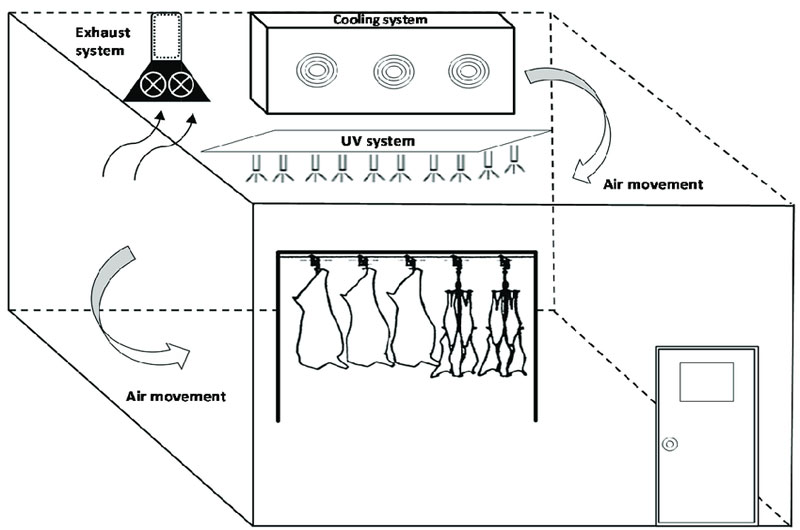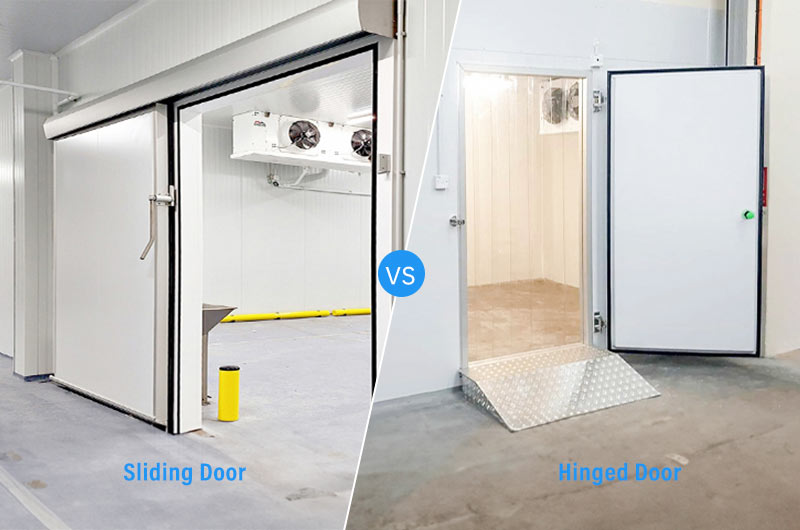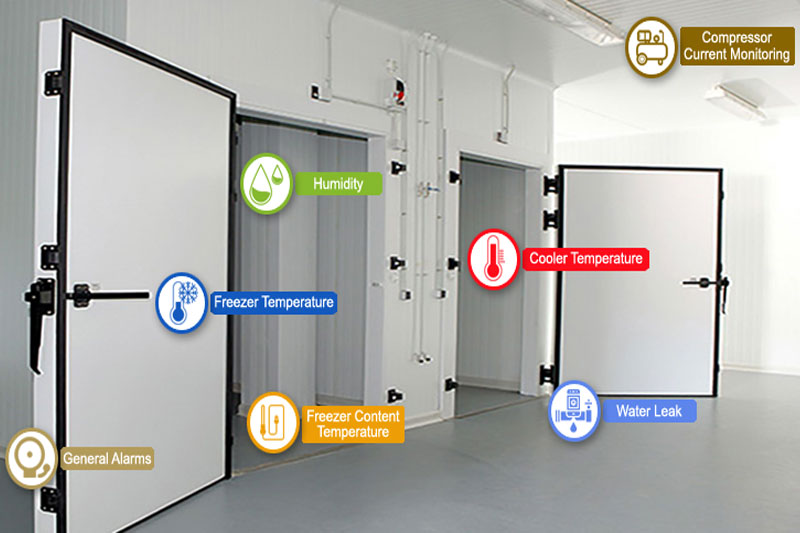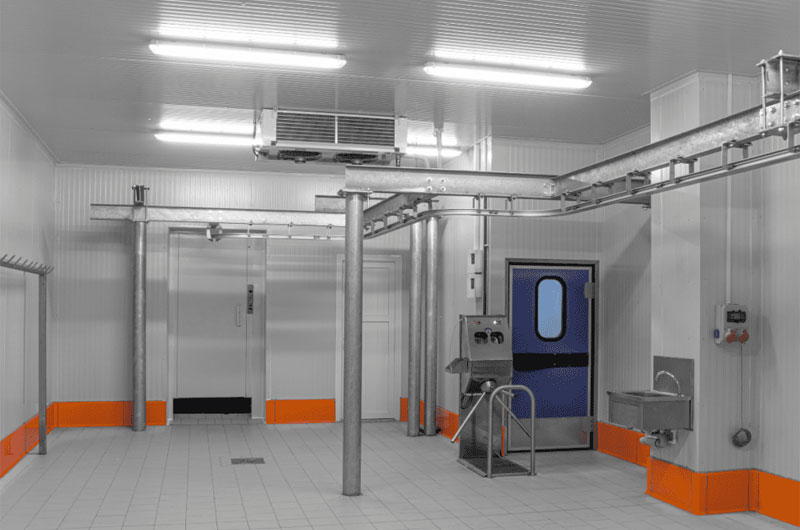While building a cold room from scratch is ideal, retrofitting an existing space can be a cost-effective and efficient solution, especially for facilities that need cold storage but have limited resources or want to optimize their current footprint.
In this article, we outlined a comprehensive, step-by-step guide on how to retrofit an existing space into a cold room.
1. Assessing the Existing Structure
Before you begin any modifications, evaluate the space to determine whether it is suitable for retrofitting into a cold room. Consider the following:
- Location: The room should be in a shaded or less heat-prone area, preferably away from direct sunlight, hot equipment, or areas with fluctuating ambient temperatures.
- Access and Use: Check if the space is easily accessible for loading/unloading and if it’s in proximity to where the stored goods will be used.
- Structural Integrity: Inspect floors, walls, and ceilings for leaks, damage, or insufficient load-bearing capacity.
- Ventilation and Drainage: Determine if existing drainage and ventilation systems will support cold room functions or need upgrading.
2. Design and Planning

After confirming the space is suitable, the next step is to create a detailed design plan. You should define the cold room’s:
- Temperature Requirements: Depending on the use, choose between a chiller (0°C to 10°C), freezer (–18°C to 0°C), or ultra-low freezer (–40°C or lower).
- Dimensions and Volume: Measure internal dimensions and calculate storage volume and required cooling capacity.
- Layout and Workflow: Plan shelving, storage bins, and pathways to support easy movement and efficient stock rotation (e.g., FIFO – First In, First Out).
Consult professionals such as cold room engineers or HVAC technicians to finalize design specs, especially when retrofitting larger or critical-use spaces.
3. Insulation Installation
Insulation is the backbone of an energy-efficient and effective cold room. Retrofitting often involves:
- Walls and Ceilings: Install high-density insulated panels made from polyurethane (PU) or polyisocyanurate (PIR) foam sandwiched between metal sheets. Panels should have a thickness of 80–150 mm, depending on desired internal temperatures.
- Flooring: Cold rooms need insulated floors to prevent cold loss and condensation. Apply extruded polystyrene (XPS) boards or PU panels, and cover them with anti-slip, waterproof surfaces like aluminum or food-grade PVC.
Key considerations:
- Ensure airtight seals between panels to avoid thermal bridging.
- Use vapor barriers to prevent moisture ingress, especially in humid climates.
4. Door Selection and Installation

Cold room doors must maintain thermal integrity while allowing easy access. The main types include:
- Hinged Doors: Suitable for smaller cold rooms with lower traffic.
- Sliding Doors: Ideal for larger or busy storage areas.
- Revolving or Strip Curtains: Supplementary options to minimize cold air escape.
Doors should be:
- Insulated to match wall panels.
- Equipped with airtight gaskets.
- Fitted with heaters (in freezer rooms) to prevent ice buildup around seals.
5. Refrigeration System Setup
A reliable and properly sized refrigeration unit is crucial for maintaining the target temperature. You have two main options:
- Split System: The condenser is located outside, and the evaporator inside. It’s quiet, efficient, and better for larger cold rooms.
- Self-contained Unit: Easier to install and maintain, suitable for small cold rooms or confined spaces.
Refrigeration components include:
- Compressor: The heart of the cooling system.
- Evaporator Coil: Absorbs heat inside the room.
- Condenser Coil: Releases heat outside the room.
- Expansion Valve: Controls refrigerant flow.
Important: Size the refrigeration unit based on heat load calculations considering factors like room volume, insulation quality, frequency of door openings, product load, and ambient temperature.
6. Electrical and Control System Integration
Proper electrical wiring is necessary to support lighting, fans, controllers, alarms, and defrost cycles. During retrofitting:
- Install LED lighting rated for low-temperature environments to ensure visibility and energy savings.
- Set up control panels for adjusting temperature, humidity, and defrost settings.
- Use digital temperature monitoring systems with alarms or cloud-based notifications for food safety compliance.
For safety, all electrical work should comply with local codes and be done by licensed electricians.
7. Humidity and Ventilation Management

While temperature is key, controlling humidity and airflow ensures product longevity and structural integrity:
- Dehumidifiers may be required to prevent condensation and mold growth.
- Ventilation fans help distribute cool air evenly and prevent temperature stratification.
- For food and pharma, consider HEPA filters to maintain hygienic airflow.
8. Testing and Commissioning
Once construction and installations are complete:
- Perform leak checks for both refrigerant and thermal insulation.
- Test door seals, lighting, fans, and drainage.
- Run the system for at least 24–48 hours to monitor performance.
- Use calibrated temperature loggers to ensure it holds the target temperature.
Document all results for compliance and future maintenance.
9. Compliance with Health and Safety Regulations
Your retrofitted cold room must meet local and international standards such as:
- HACCP (Hazard Analysis and Critical Control Points) for food storage.
- FDA/USDA Guidelines in the US.
- GMP (Good Manufacturing Practice) for pharmaceutical environments.
- Building codes and fire safety standards related to refrigeration systems and insulation materials.
Obtain necessary permits or certifications before using the facility.
10. Maintenance and Operational Best Practices
After commissioning, ensure long-term performance with routine maintenance:
- Clean evaporator and condenser coils regularly.
- Inspect door seals and replace worn gaskets.
- Regularly calibrate temperature and humidity sensors to maintain accuracy.
- Train staff on operational protocols, especially regarding door handling and product loading.
Implement scheduled maintenance with professional HVAC services at least twice a year.

